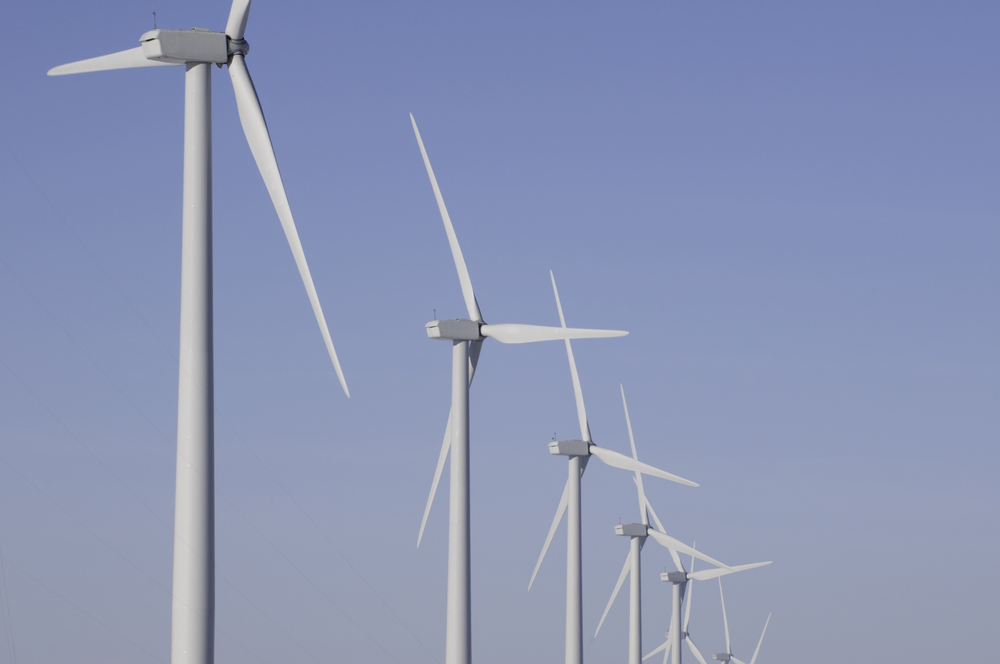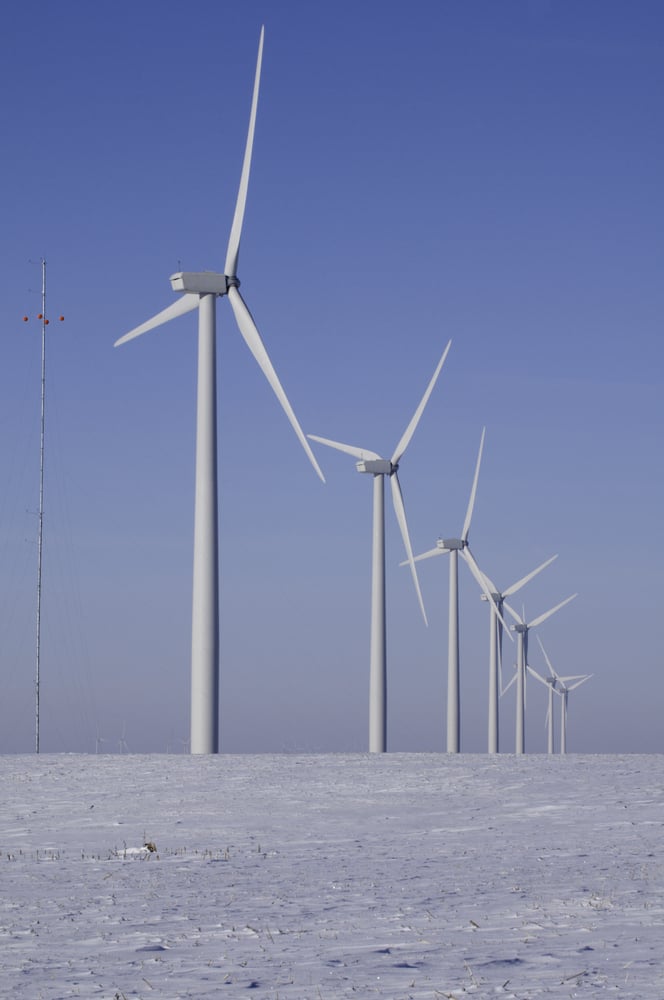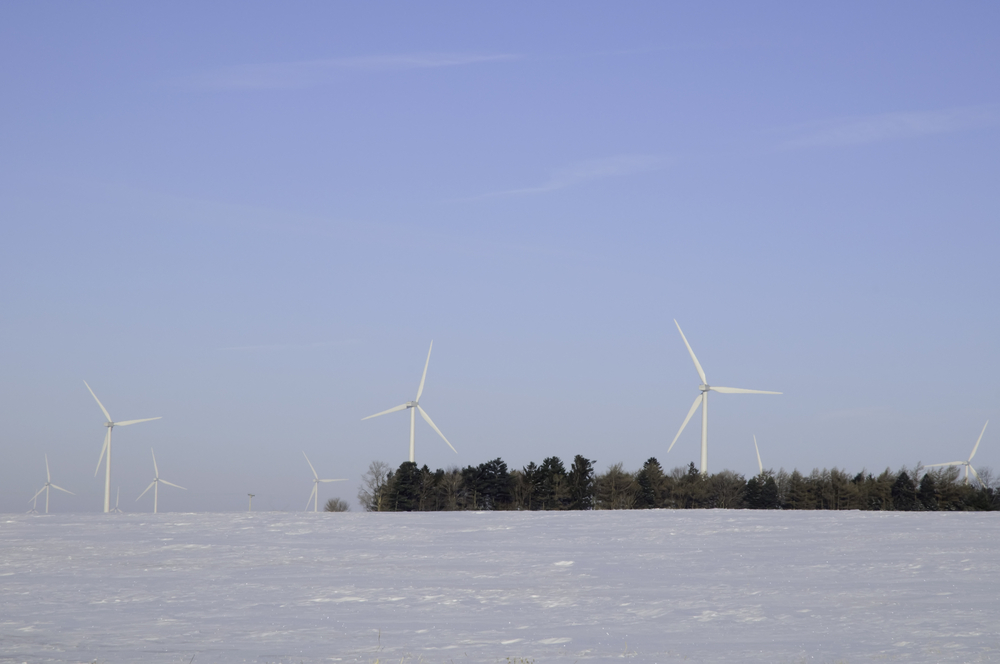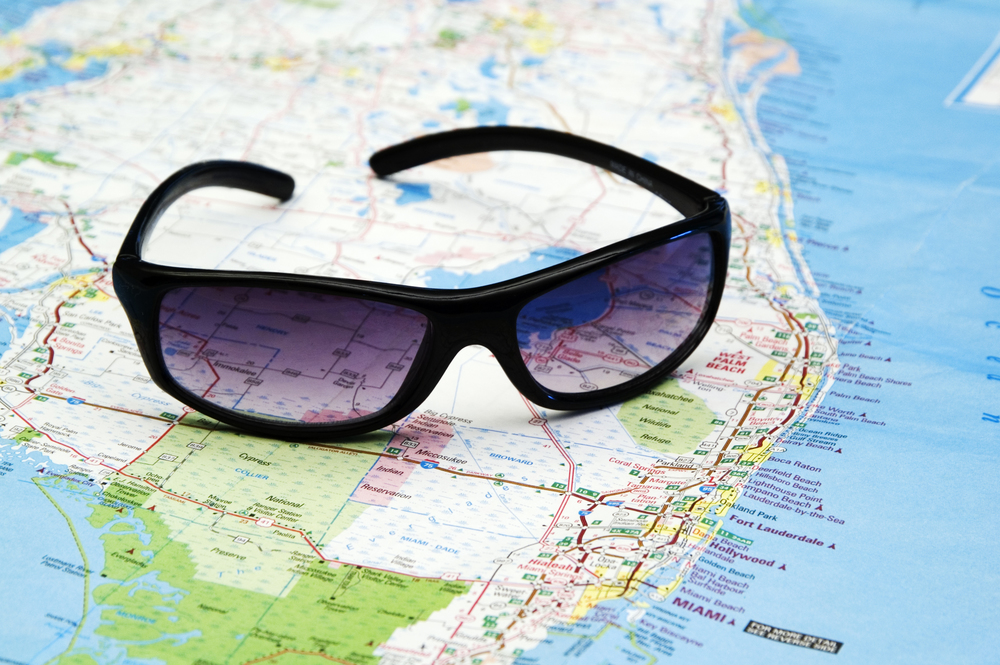
Offshore Wind Energy
Offshore wind energy refers to the use of wind turbines in the ocean or large freshwater areas to generate electricity. A group of interconnected wind turbines is referred to as a wind farm. As the U.S. seeks to develop renewable, homegrown and cost-effective energy sources, we’ve seen a surge in proposed offshore wind energy projects.
Background on offshore wind projects
As of October 2018, there is only one operating offshore wind farm in the U.S., but many new wind energy projects are being proposed, ranging in size from four to 100 turbines each. As this industry expands, it’s essential to understand both the benefits and negative impacts offshore wind farms can have on our marine environment, coastal economies, and recreational use areas.
Put simply, because of the dangerous threats to our coast from climate change, the Surfrider Foundation supports offshore wind energy development if it is done right.
Given that offshore wind is such a new technology, offshore wind development projects are evaluated on a case-by-case basis by Surfrider’s network of chapters. Surfrider Foundation’s Eastern Long Island Chapter actively seeks to communicate scientific information to the community to educate them about offshore wind development.


SURFRIDER WIND POLICIES AND PRINCIPLES
- The Surfrider Foundation believes that the following principles must be applied when evaluating or planning for potential offshore wind projects.
- Developer avoids and mitigates negative local and regional impacts to wildlife, habitat, and physical oceanography; and tracks impacts by using best available science, frequent monitoring and baseline data
- Wind farm design ensures public safety, maintains access for ocean recreation opportunities and considers existing uses of the project area
- Development of the wind farm includes meaningful community input, ensures transparency and uses comprehensive planning and regional data portals
- The wind farm operator employs adaptive management, incorporates new information and proceeds incrementally and cautiously to mitigate cumulative impacts
Learn more about the impacts and opportunities for wind energy at: GO.SURFRIDER.ORG/OFFSHORE-RENEWABLES
Current Projects off DE Coast
There are two proposed wind farms off of the DE / MD coast. Read these detailed descriptions, with footnotes on each of them. The Surfrider Foundation has been monitoring the developments of both through our Delaware Chapter and our Ocean City, MD Chapter. We are not affiliated with these projects, but we will continue to monitor them and educate the public as they move forward.
SKIPJACK WIND FARM – read the 17-page assessment of the project with footnotes here
US WIND PROJECT – read the 17-page assessment of that project with footnotes here.
In addition to the wind generation area offshore, Ørsted need to bring the power ashore somewhere and the current plan is to bring it ashore in Fenwick Island State Park. A Memorandum of Understanding, or MOU, was signed between DRNREC and Ørsted for the two parties to continue exploring the idea. The MOU is here.
The plan is for Ørsted to make major park improvements including additional and upgraded parking, stormwater and flood controls, as well as additional recreational facilities and access. A building to house a sub-station would be part of the additional parking and additional recreational areas. Here is a slide deck about the current conditions of the park and what is being proposed. And here is a detailed pdf with an overview of the structure, the improvements, and the surrounding area.

